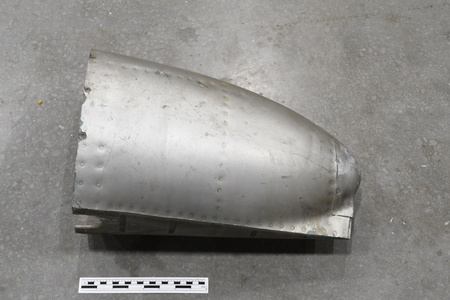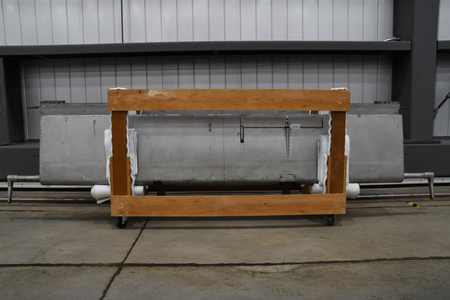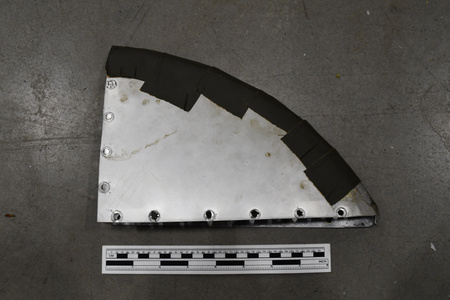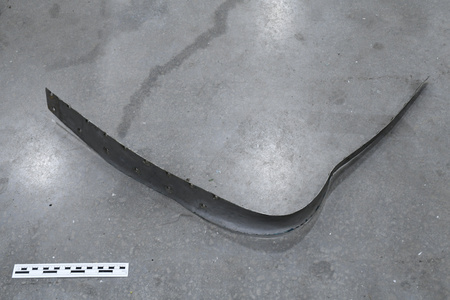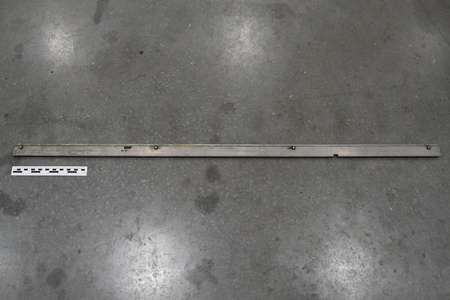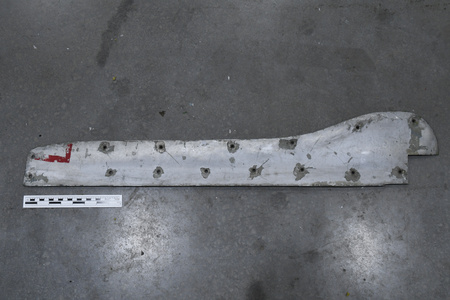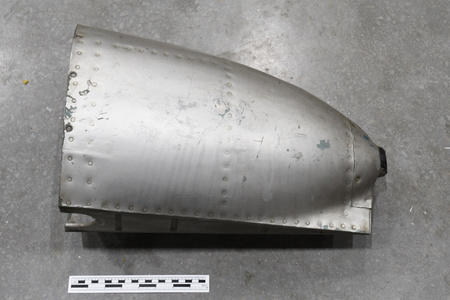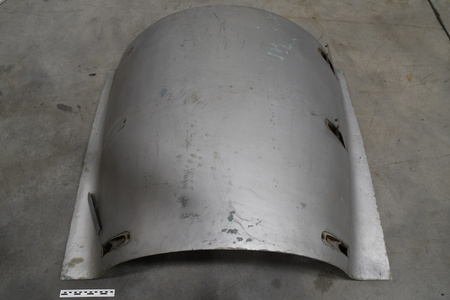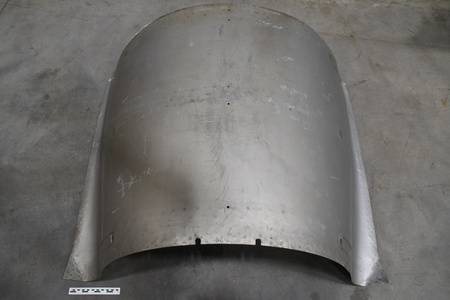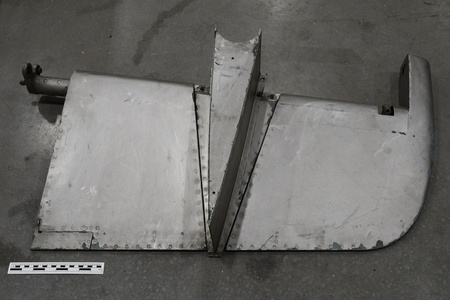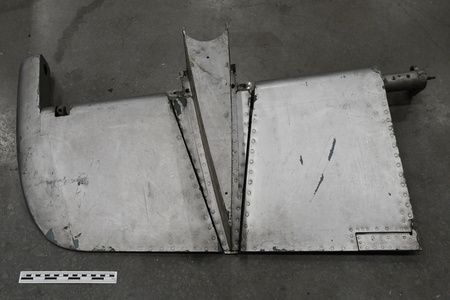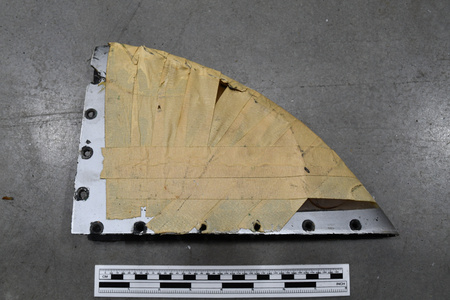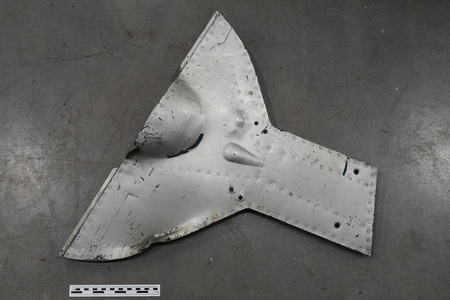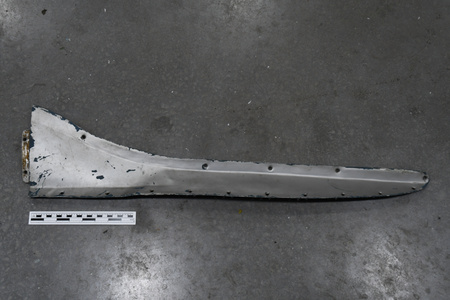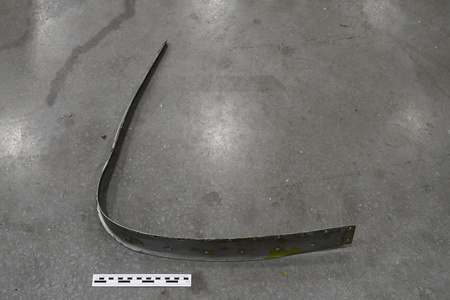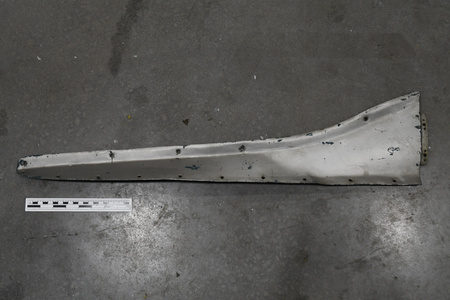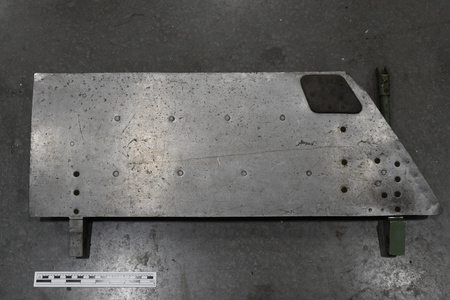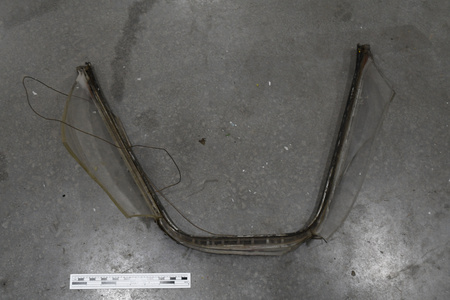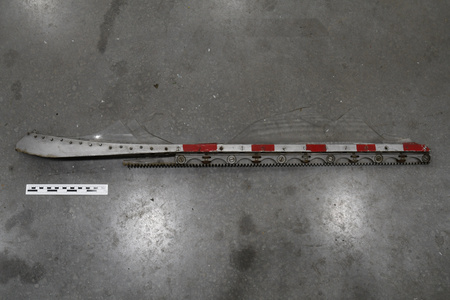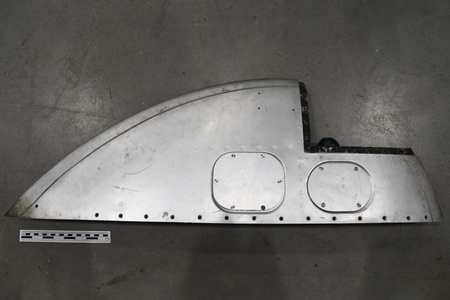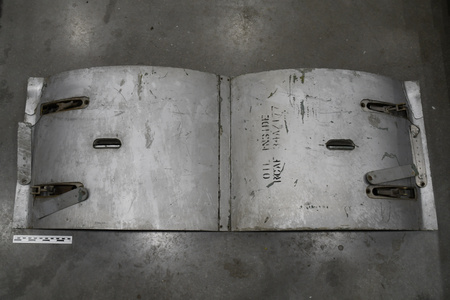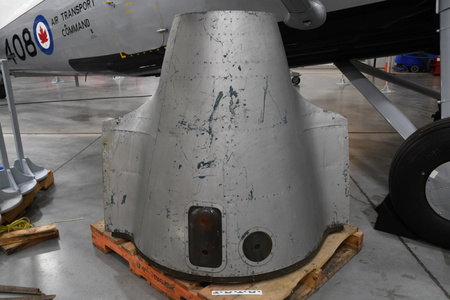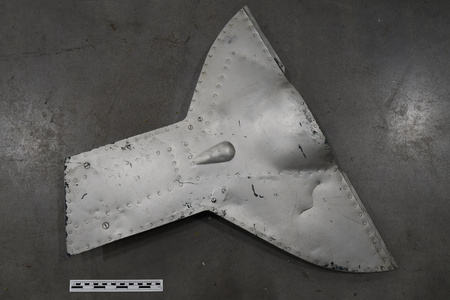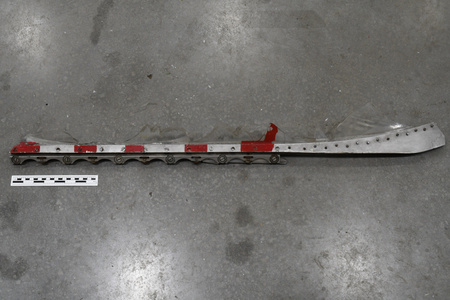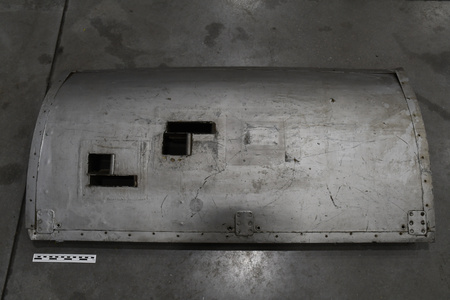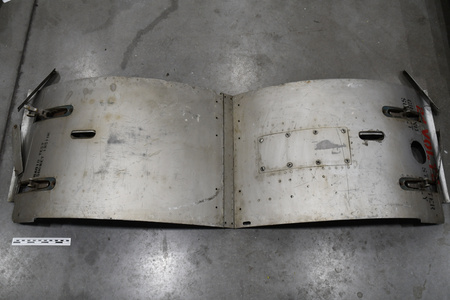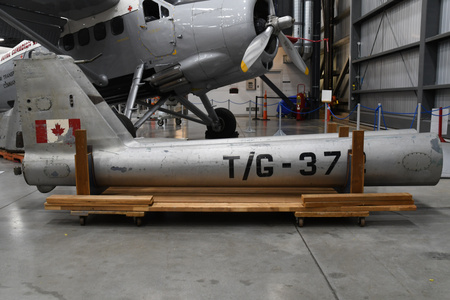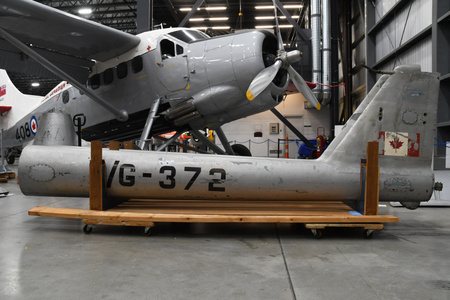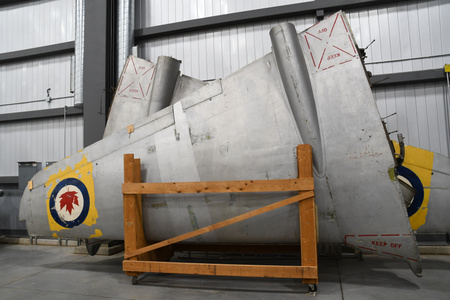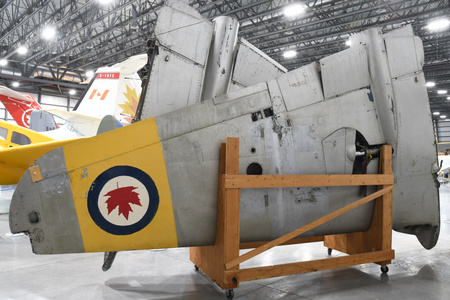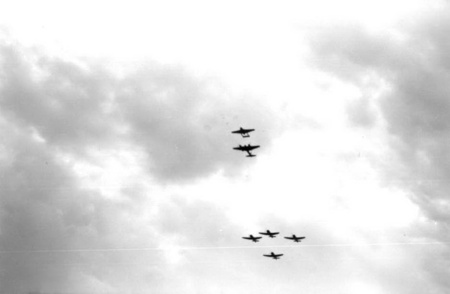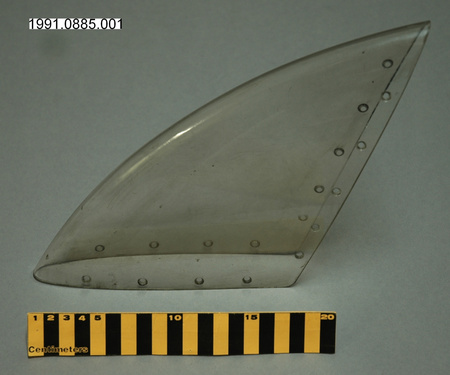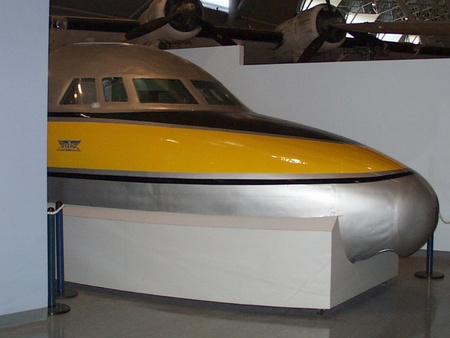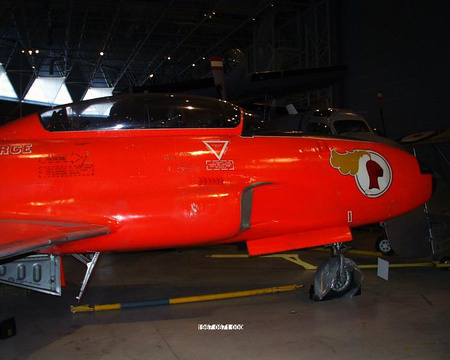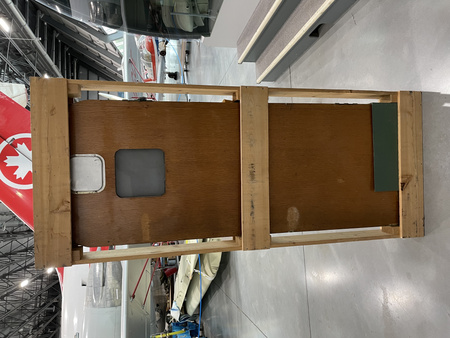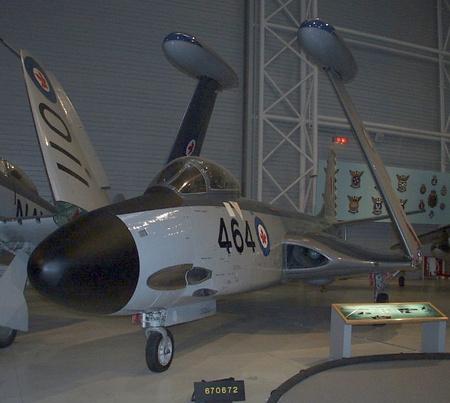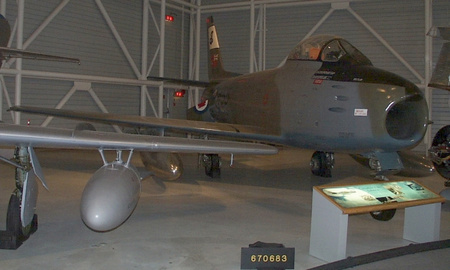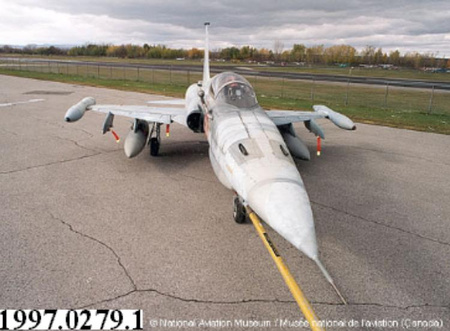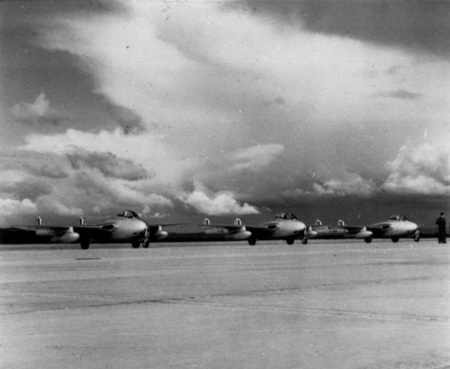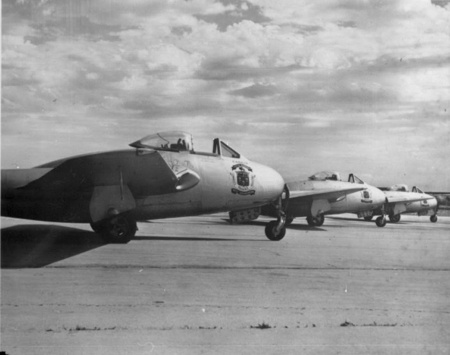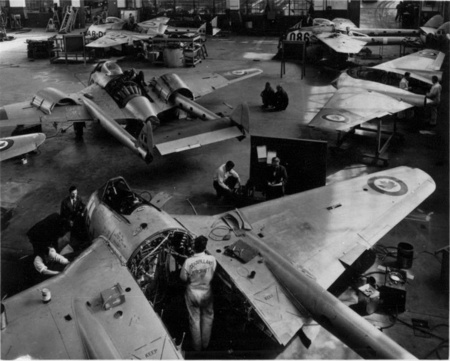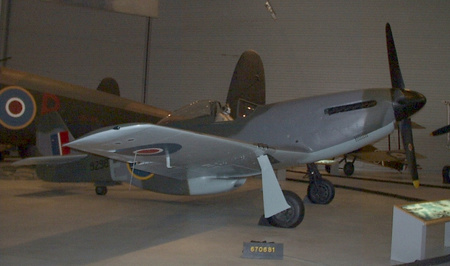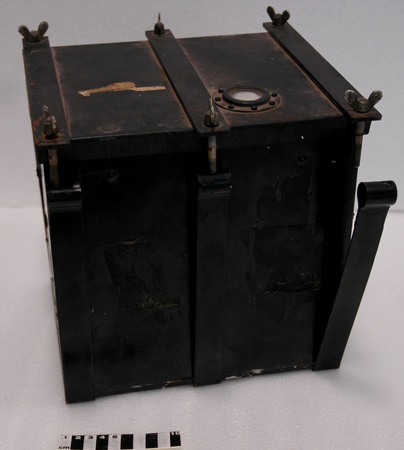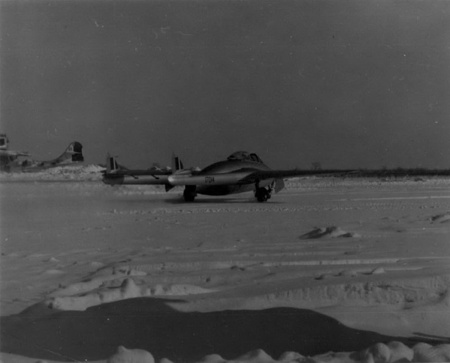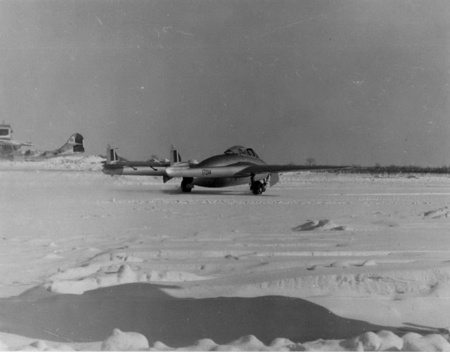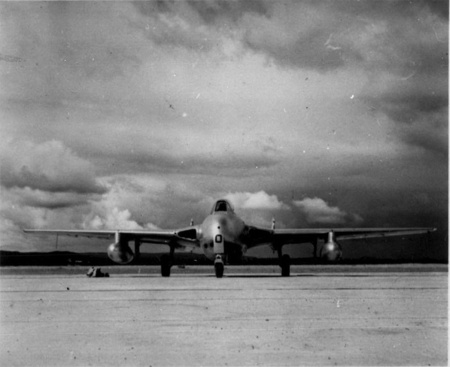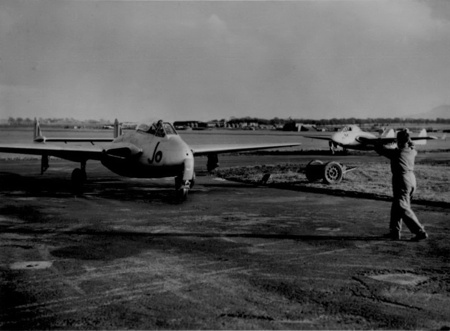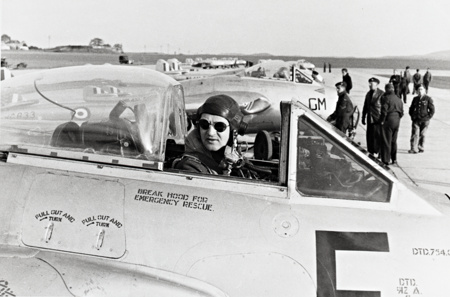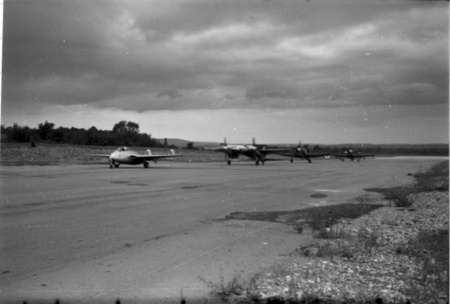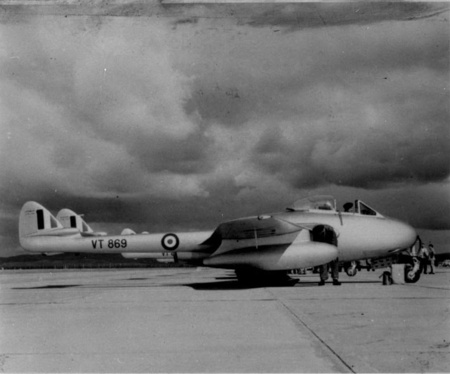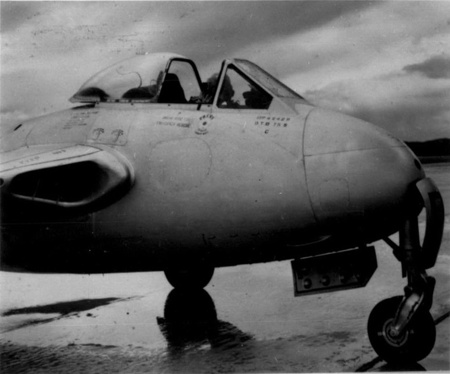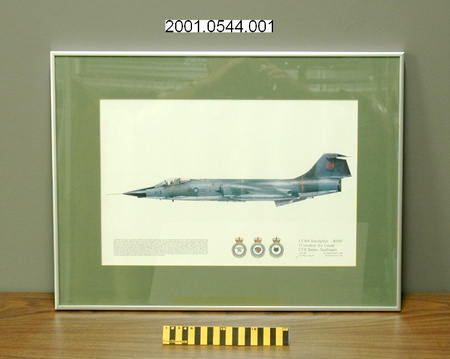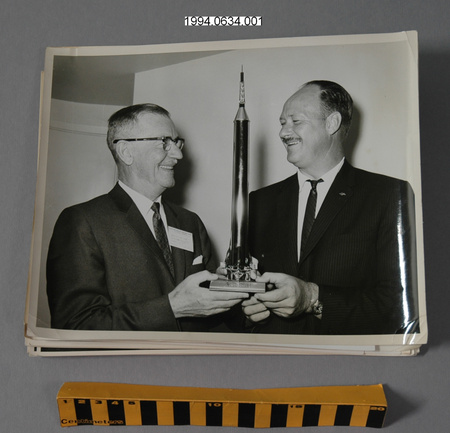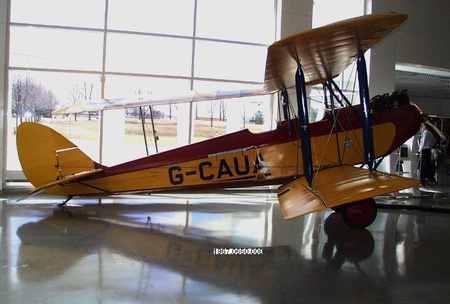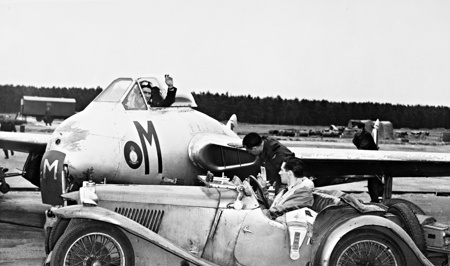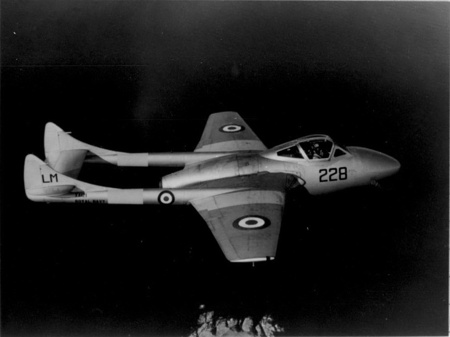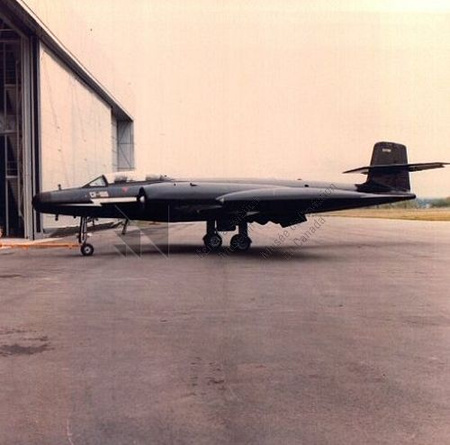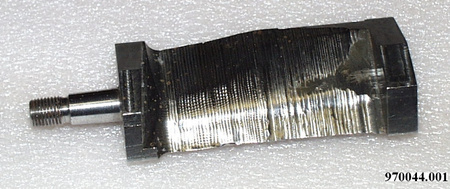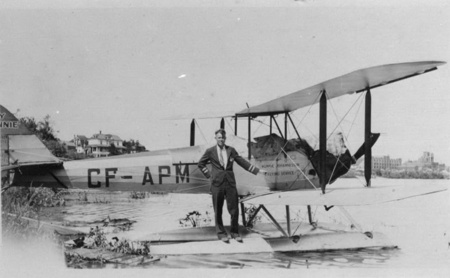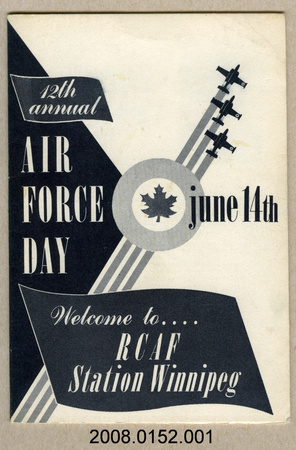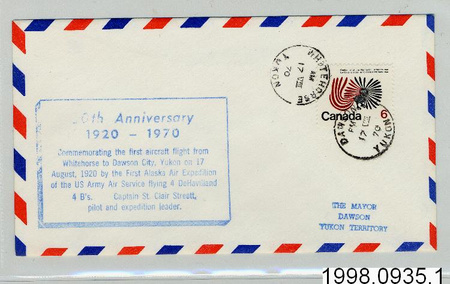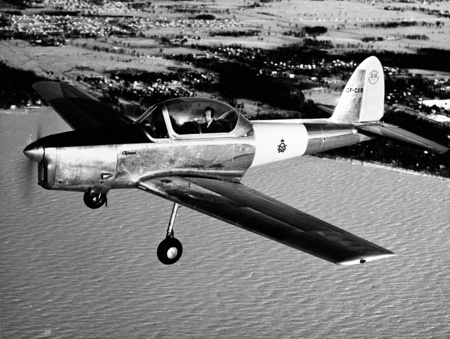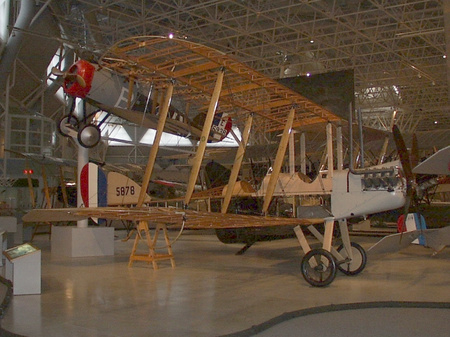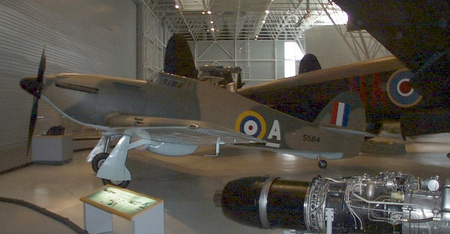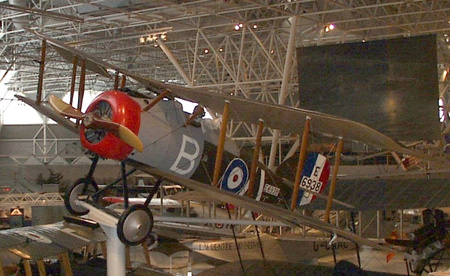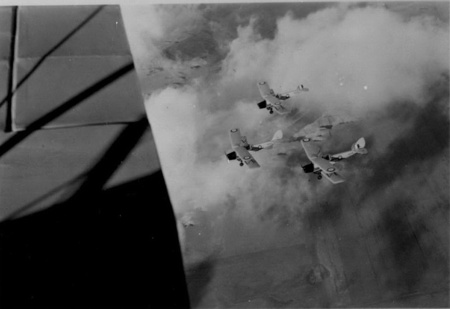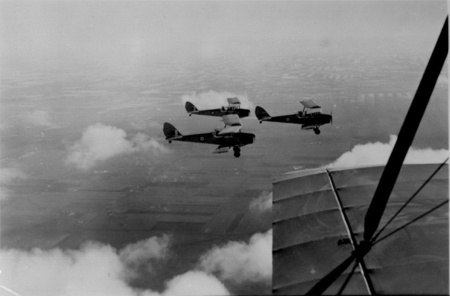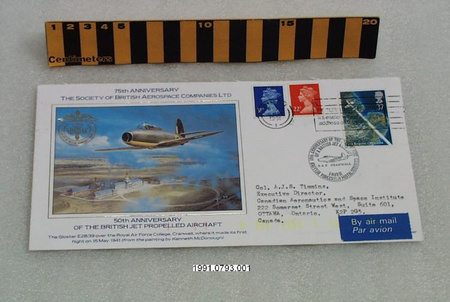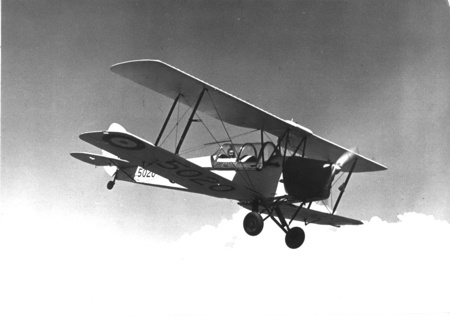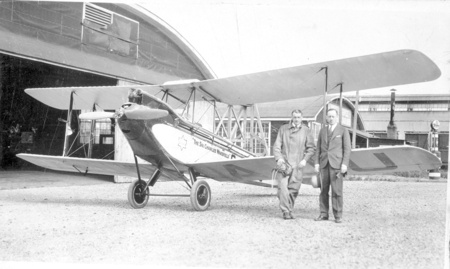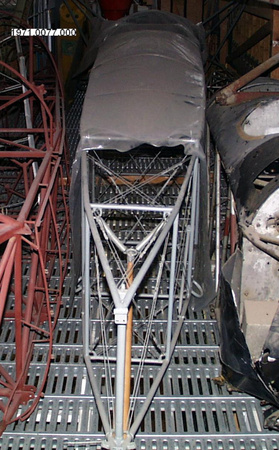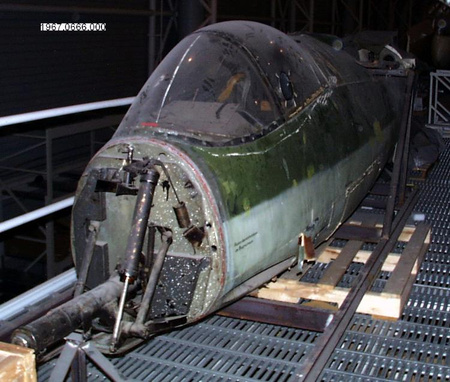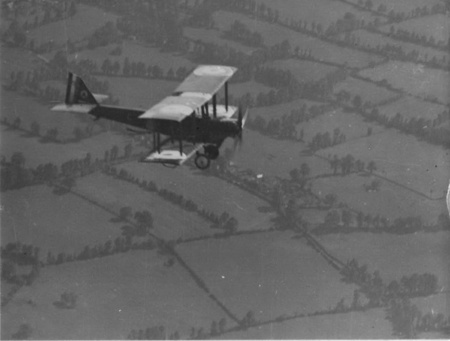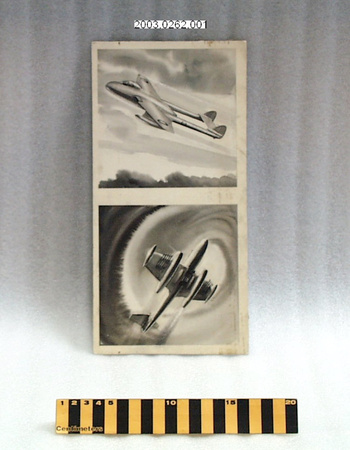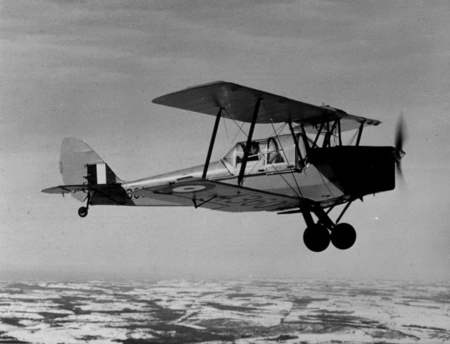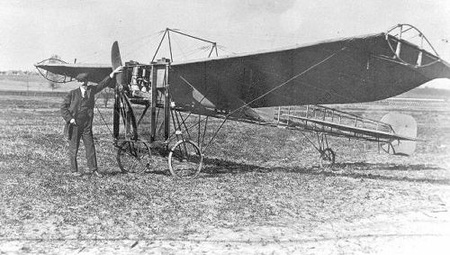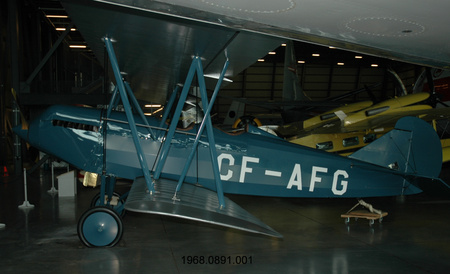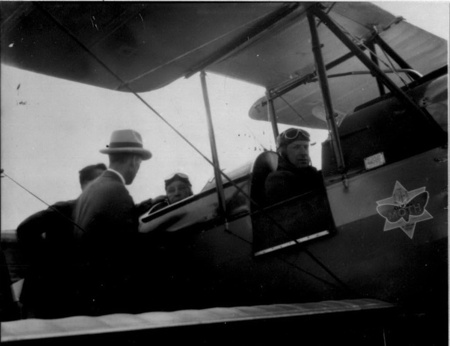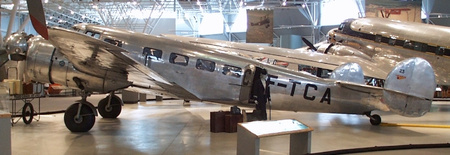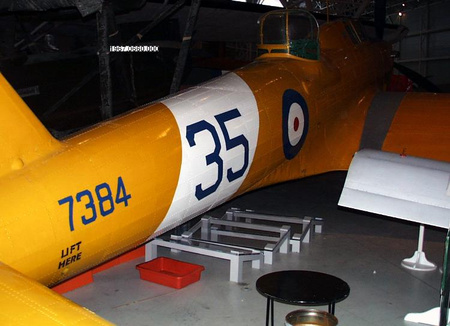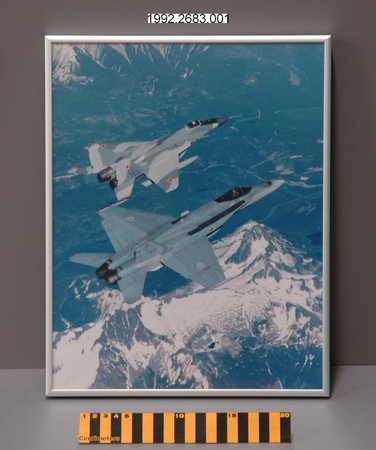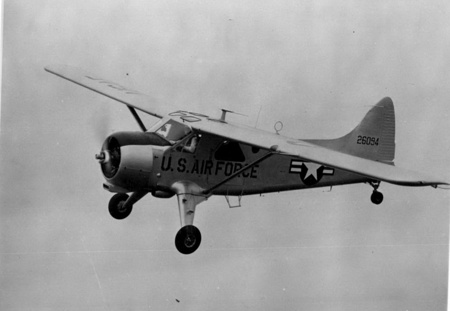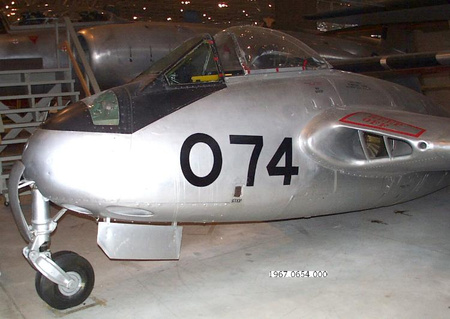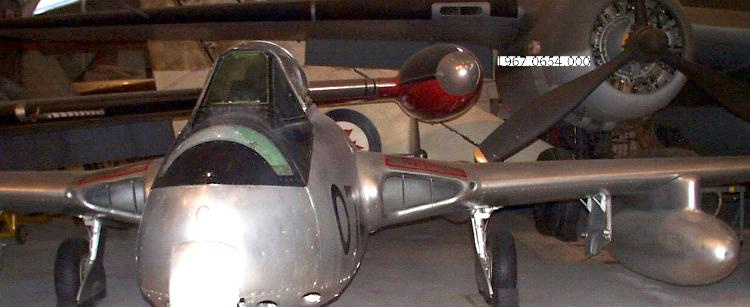Airplane
Use this image
Can I reuse this image without permission? Yes
Object images on the Ingenium Collection’s portal have the following Creative Commons license:
Copyright Ingenium / CC BY-NC-ND (Attribution-NonCommercial 4.0 International (CC BY-NC 4.0)
ATTRIBUTE THIS IMAGE
Ingenium,
1967.0654.001
Permalink:
Ingenium is releasing this image under the Creative Commons licensing framework, and encourages downloading and reuse for non-commercial purposes. Please acknowledge Ingenium and cite the artifact number.
DOWNLOAD IMAGEPURCHASE THIS IMAGE
This image is free for non-commercial use.
For commercial use, please consult our Reproduction Fees and contact us to purchase the image.
- OBJECT TYPE
- N/A
- DATE
- Unknown
- ARTIFACT NUMBER
- 1967.0654.001
- MANUFACTURER
- de Havilland Aircraft Co. Ltd.
- MODEL
- de Havilland DH-100 Vampire Mk.3
- LOCATION
- Middlesex, England
More Information
General Information
- Serial #
- EEP42392
- Part Number
- 1
- Total Parts
- 1
- AKA
- N/A
- Patents
- N/A
- General Description
- Unknown
Dimensions
Note: These reflect the general size for storage and are not necessarily representative of the object's true dimensions.
- Length
- 9.4 m
- Width
- 12.2 m
- Height
- 1.9 m
- Thickness
- N/A
- Weight
- N/A
- Diameter
- N/A
- Volume
- N/A
Lexicon
- Group
- Aviation
- Category
- Aircraft
- Sub-Category
- N/A
Manufacturer
- AKA
- deHavilland
- Country
- England
- State/Province
- Unknown
- City
- Middlesex
Context
- Country
- Unknown
- State/Province
- Unknown
- Period
- Manufactured in 1948, this Vampire served with RCAF fighter squadrons and an operational training unit until stored in 1956. It was transferred to the Museum in 1964.
- Canada
-
Unknown - Function
-
Unknown - Technical
-
Production of the Vampire started just too late for Second World War. This very successful design was produced in several versions and flew with the air forces of more than 15 countries. In 1948 it was the first Jet fighter to enter the Royal Canadian Air Force. Here, as in other air forces, it introduced fighter pilots not only to jet flying, but also to cockpit pressurization and the tricycle landing gear. A simple rugged design, the last Vampires were not phased out of the Swiss Air Force until the late 1980s. In developing the Vampire, de Havilland applied its expertise in wood construction to manufacture a fuselage of the same type of plywood/balsa wood sandwich used in the Mosquito. The Vampire’s twin-boom configuration enabled the jet tail pipe to remain short in order to extract as much thrust as possible from the somewhat low-powered engines of the day. The prototype sea Vampire was the first jet aircraft to fly from an aircraft carrier. - Area Notes
-
Unknown
Details
- Markings
- N/A
- Missing
- N/A
- Finish
- Unknown
- Decoration
- N/A
CITE THIS OBJECT
If you choose to share our information about this collection object, please cite:
de Havilland Aircraft Co. Ltd., Airplane, Unknown Date, Artifact no. 1967.0654, Ingenium – Canada’s Museums of Science and Innovation, http://collection.ingenium.ca/en/id/1967.0654.001/
FEEDBACK
Submit a question or comment about this artifact.
More Like This
